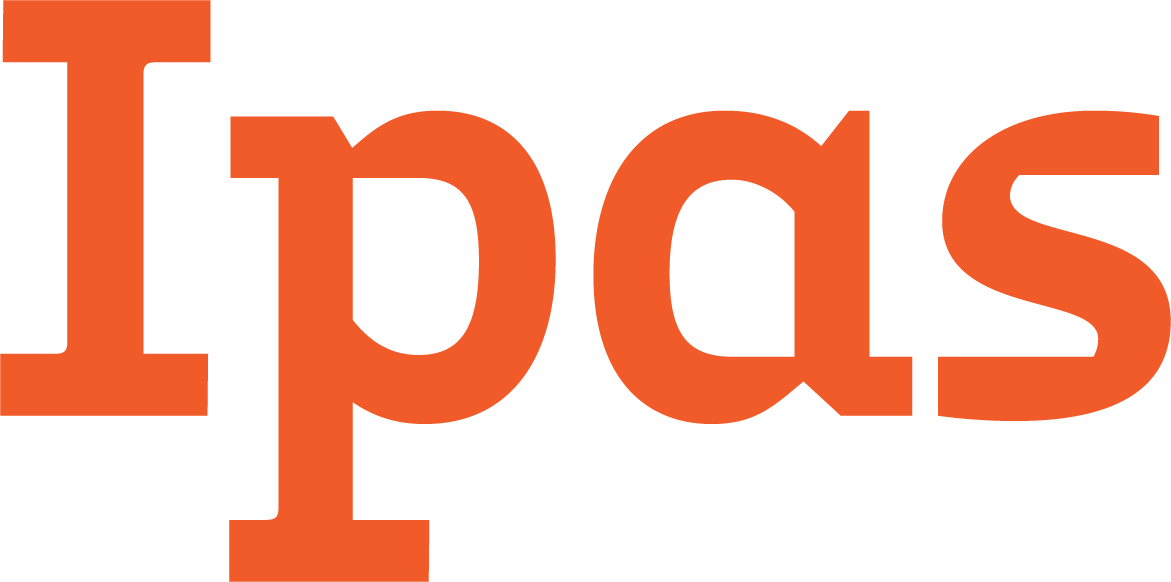Search Results
During last year’s national exams, media reported alarming cases of girls who sat the papers in delivery rooms or went into labour in the exam room. These statistics show the need for urgent action and awareness to enable the youth to manage their own sexual and reproductive health. Estimates from developing countries indicate that pregnancy and delivery complications, including unsafe abortions, are the second leading causes of death for girls below 20 years.
This is a fact sheet with statistical information on the sexual and reproductive health of adolescents in the Mexican state of Guerrero. It is meant to provide relevant information on sexual and reproductive health indicators to health and policy makers as well as recommendation for improving sexual and reproductive health services and access.
Esta publicación ofrece evidencia y una explicación de por qué Ipas insta a los gobiernos y formuladores de políticas a garantizar que todas las mujeres jóvenes, incluidas las sobrevivientes de violencia sexual, tengan acceso a servicios de atención integral de la salud sexual y reproductiva, incluidos los servicios de aborto seguro.
This fact sheet describes the impact of unsafe abortion in Sierra Leone as evidenced by three studies.
In celebration of Ipas’s 40th anniversary, Ipas’s Anu Kumar explains why American women should care about the health of women everywhere.
This is an advocacy tool for implementing authorities, service providers and NGOs on safe abortion and sex selection.
This publication highlights the work in Nepal since legal reform a decade ago and puts a spotlight on the key ingredients for successful scale-up of abortion care, including partnerships with government and NGOs and integration of abortion within the country’s Safe Motherhood program.
This 12-page job aid supports efficient inventory management of misoprostol (and mifepristone, depending on the setting) and other maternal-health medicines. It defines sound inventory management practices that can help reduce stock-outs and oversupply situations, and is for use by staff in public health facilities, nongovernmental organizations (civil society organizations) and private for-profit clinics and hospitals.
This is a fact sheet highlighting women’s perspectives on abortion care as part of operations research in Zambia.
Ipas works around the world every day to strengthen girls’ voices and their ability to choose the path that’s right for them.
This trainer’s manual is intended for use in training-of-trainers courses, along with its companion document, Effective training in reproductive health: Course design and delivery – Reference manual. The trainer’s manual comes with a CD-ROM that includes PowerPoint® presentations and additional exercises for the trainer.
This guide focuses on ways to plan, implement, use and finalize an assessment of how young women and their communities relate to abortion, through locally relevant, community and/or youth-led processes. It is designed to gain insights into the local context surrounding abortion care for young women to inform program design and to support meaningful youth participation in project design. It is a global resource for community groups, youth groups, peer educators, trainers, administrators, program managers and technical advisors of abortion care programs.
Sexual violence can have devastating effects on individuals, families, communities and societies. The findings from the study presented in this report are part of a regional collaboration in Central America to prevent sexual violence and to ensure that victims and survivors have access to all the services provided by the health and justice systems that they may need.
This research report on second-trimester abortion in Ethiopia—which has one of the highest maternal mortality rates in the world—explores the factors causing women to delay abortion care until the second trimester, thereby facing greater risks of medical complications.
La stigmatisation de l’avortement joue un rôle central dans la marginalisation sociale, médicale et juridique des soins d’avortement à travers le monde et a des conséquences négatives sur la santé des femmes, des jeunes filles, des personnes trans et de leurs communautés. La stigmatisation de l’avortement est à l’origine du nombre élevé de décès et séquelles évitables dus à l’avortement non sécurisé à travers le monde.

